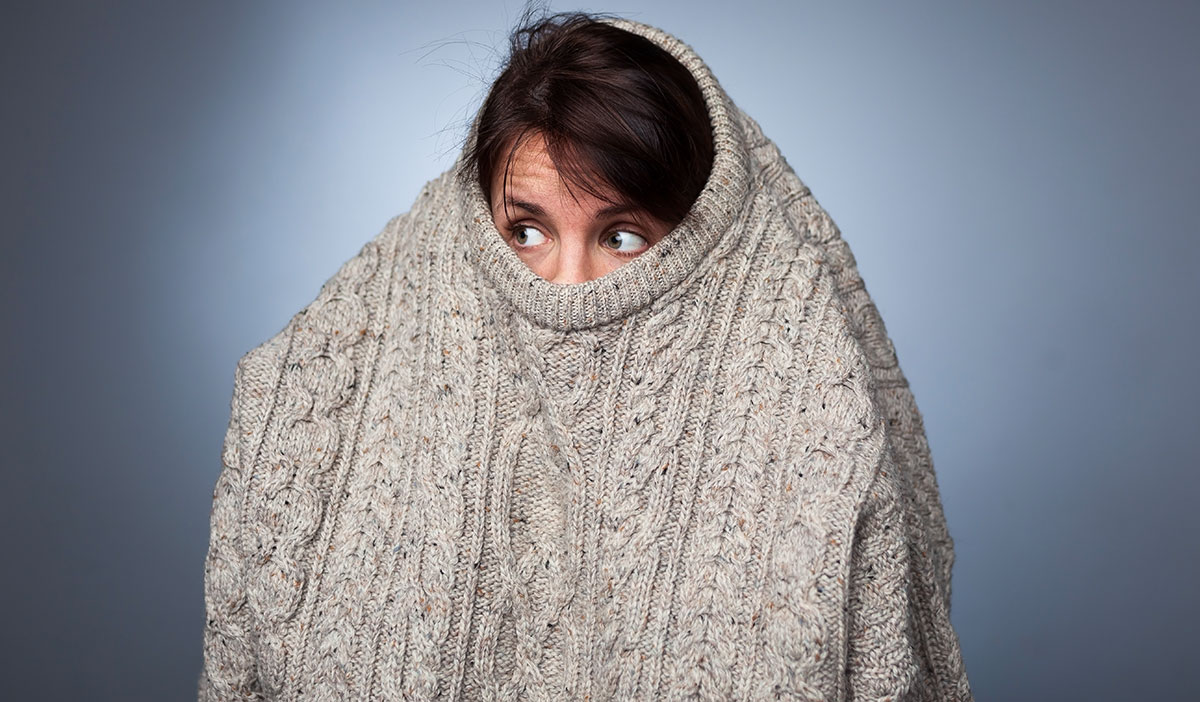So, you’ve spotted a very difficult-to-pronounce, massive word, and you’re automatically tempted to start looking for additional words you’ll potentially start dreading and add it to your list if you haven’t already. Phobias, no matter how prevalent, might make it difficult to choose a career. A career as a surgeon would be unlikely if you have hemophobia (fear of blood).
What phobias might make an engineer’s job more difficult and challenging? Engineering work is vast, and the obligations that come with it bring up a lot of fears. Here are a few phobias that engineers do their best to overcome.
Engineers and Atychiphobia
Fear of making a mistake, and precisely the fear of being wrong. Engineers are frequently accused of seeing the world in black and white, but that isn’t always a bad thing. You can’t execute your work effectively if you’re entrusted with developing structures, reviewing designs, monitoring construction, and so on. Also, clients never want to hear, “I think it’ll work”, but there’s a thin line between confidence and stubbornness, so being adaptable plays a very important part in an engineer’s career and even everyday life.
Cleithrophobia and Claustrophobia
The fear of being trapped in a small space. There are simply too many instances in engineering and construction where one may be required to enter a tunnel or descend into an underground mine. These are relatively prevalent phobias among engineers, for example, and they’re usually not too difficult to handle. However, this does not make them pleasant to work with, nor does it guarantee that one will not be distracted while making a crucial decision.
Mysophobia
The fear of germs and dirt. Even top-tier researchers with armies of grad students to go into battle will get their boots soiled at some point. It’s unlikely that you’ll make it a year in engineering without being thrown into the field. This might be something you need to get used to it or consider pursuing a profession in cleanroom technologies, which is all technical and operational measures avoiding the potential risk of contamination for products.
Aichmophobia
Fear of pointy, sharp items. On the surface, this appears to be a totally valid fear. No one wants to be impaled, sliced, or otherwise injured. But this particular phobia isn’t limited to swords and spears. It includes pencils, pens, scissors, and any other common item with a point in its worst form. Yes, it’s a digital world, but you’ll need to use some graphite and ink along the way.
Overcoming Phobias
It would be ridiculous to assume that throwing someone into what they fear most is a wise decision. Fear is a valid emotion that needs to be taken seriously.
The first step toward overcoming your phobia is to recognize it. It’s crucial to understand that phobias are very frequent. Knowing that phobias are highly treatable and not always irrational is also beneficial.
Moreover, seeking support, whether professional or peer/team understanding is very important. Despite the fact that phobias are frequent, they don’t usually cause major anxiety or interrupt your creativity or your everyday life. If your fear hasn’t had a significant impact on your life, it’s usually nothing to be concerned about. It’s time to get assistance if avoiding the object, activity, or scenario that triggers your phobia interferes with your regular functioning or prevents you from undertaking a big project that could elevate your career.
ESiLV’s mission is not only to train engineers in having scientific and technical strong bases; offer a real professional experience, and prepare students for the issues of professional life; but also to deploy the sides of an active and united personality through the experience of associative life, sports, support actions in secondary schools in difficulty, the mutual aid between students, especially if individuals in these group share similar insecurities of fears.
Overcome your limits and challenge yourself in the career path you’ve dreamed of.







